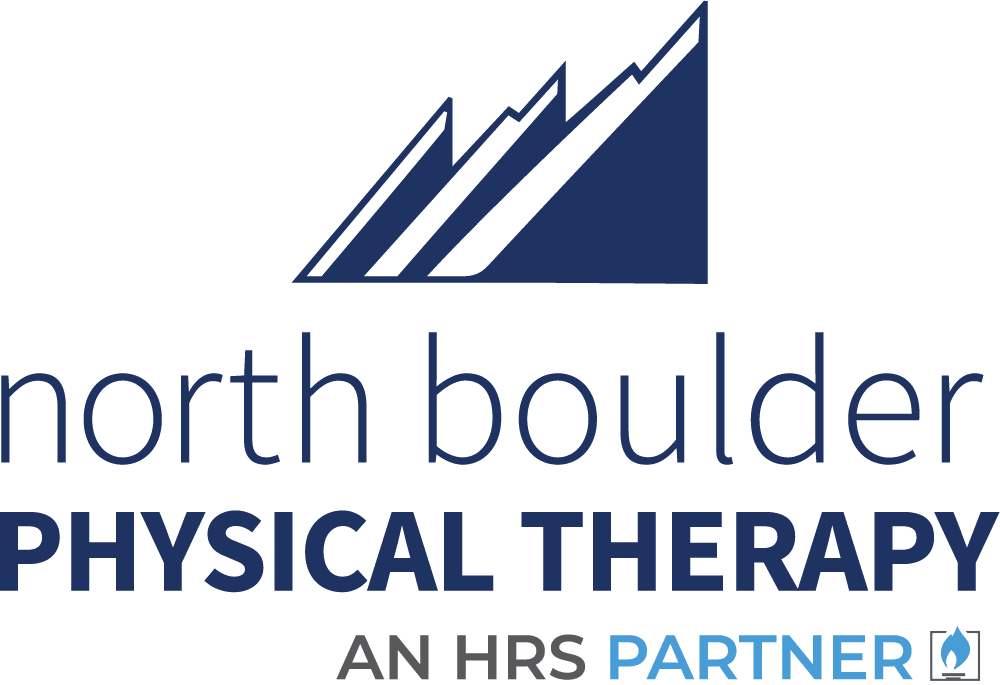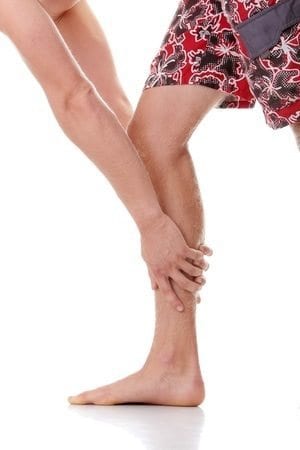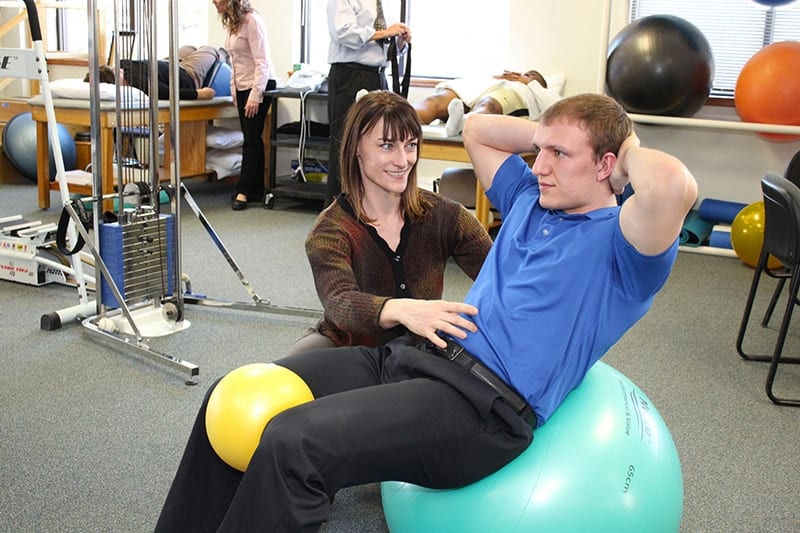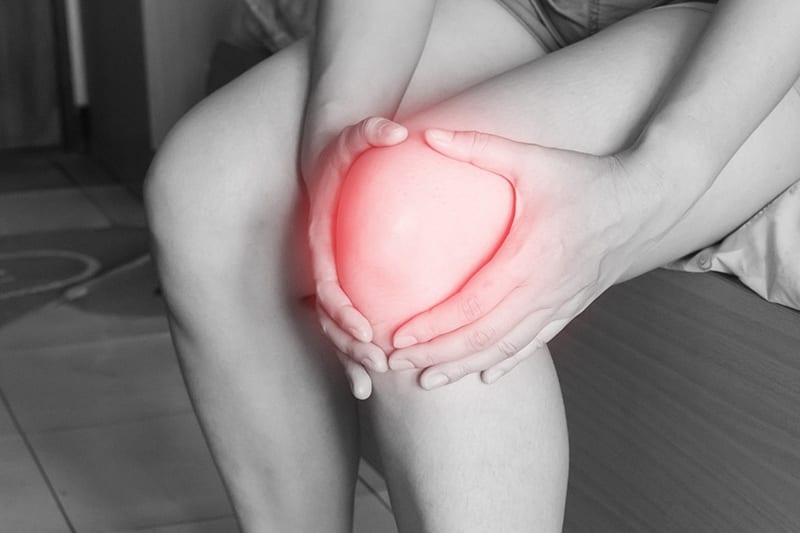 If you’re an athlete, particularly a runner, you know shin splints cause pain in the lower leg usually below the knee either on the front part of your leg (anterior shin splints) or the most common, on the inside of the leg (medial shin splints).
If you’re an athlete, particularly a runner, you know shin splints cause pain in the lower leg usually below the knee either on the front part of your leg (anterior shin splints) or the most common, on the inside of the leg (medial shin splints).
Known as medial tibial stress syndrome (MTSS), shin splints affect athletes who have not adjusted to the stresses of running, have not stretched enough, or those who have increased the duration, frequency or intensity of workouts without working up to it. Training on hills or hard surfaces can also lead to MTSS.
Fortunately, a physical therapist that specializes in sports medicine therapy can evaluate and provide treatment for shin splints using ultrasound, massage, iontophoresis, or other treatments.
Symptoms
But what exactly is a shin splint? The medical field attributes shin splints to either a muscle that’s pulled away from the bone, an inflammation of the periosteum which is a thin sheath of tissue that wraps around the tibia, or shin bone, an inflammation of the muscle, or maybe a combination of these. Shin splints can be very painful and include these symptoms:
- There is a sharp or dull pain in the front of your shin
- The pain increases when you push on your shins
- The pain increases during and after exercise
- With rest, the leg pain goes away
Shin pain doesn’t always mean that you have shin splints. You should see a doctor as it could be a stress fracture or compartment syndrome.
Typical Causes
Typically, one leg is involved and it is almost always the runner’s dominant one. If you’re right-handed, you’re usually right-footed, so that’s the leg that’s likely to hurt. Along with the reasons listed above, there may be a number of factors contributing to shin splints, including:
- Overpronation is the flattening or rolling in of the foot
- Not enough stretching before working out
- Inadequate or worn shoes or
- Too much stress put on one leg or one hip from running on cambered roads or always running in the same direction on a track
- An imbalance between the calf muscles and the front leg muscles
Treatment for Shin Splints
If you think you may have shin splints, you should immediately stop running or at least decrease your training regimen depending on the extent and duration of the pain and rest as much as you can.
The first step is a comprehensive injury evaluation to determine if you have shin splints. We must then treat the inflammation, pain, and swelling, starting with rest, ice, and gentle stretching of the calf. We may use therapies like ultrasound and electric stimulation, wrapping the lower leg and gentle massage.
Next a personalized rehabilitation program is planned to provide treatment for shin splints. It will likely include:
- Exercise – Strengthening and stretching exercises are important for damaged muscles.
- Massage – Deep tissues massages to the muscles are used.
- Shoes – We can evaluate if you need specific custom orthotic devices.
If you come to North Boulder Physical Therapy, we will help you with treatment for shin splints so you can return to sport. Our trained staff will choose therapy methods that can get you back in the game. And your individualized treatment program will ensure the optimal level of success in your rehabilitation.
Call or contact the office nearest you today!



